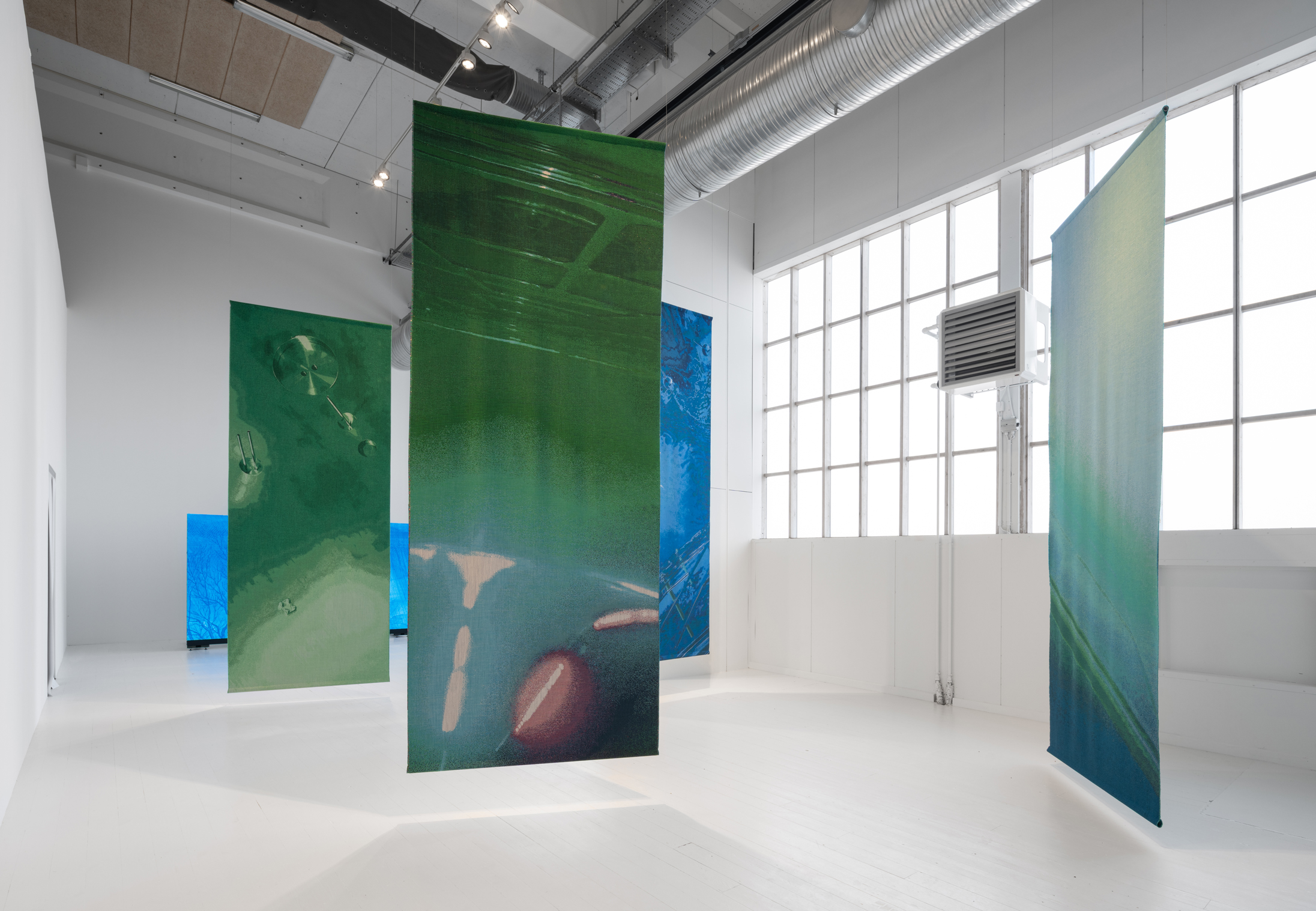From quantum communication and the paradoxes of black holes to climate futures and synthetic images: the works of recent CERN artist residents engage with the frontiers of scientific research.
Soft Robots brings together new works by artists Joan Heemskerk, Alice Bucknell, and Martyna Marciniak, who were selected across the three editions of Collide Copenhagen, Arts at CERN’s residency programme in collaboration with Copenhagen Contemporary (2023–2025). In the framework of Collide, the artists undertook residencies between CERN in Geneva, and at the Niels Bohr Institute and Copenhagen Contemporary in Copenhagen. Their works are joined by a new commission from Danish artist Nanna Debois-Buhl.
For over a decade, Arts at CERN, the Laboratory’s arts programme, has supported artists to develop new works through exchanges with CERN scientists, engineers, and staff. The featured projects offer thought-provoking insights into how fundamental research and advanced technologies shape the ways we describe, sense and relate to the world.
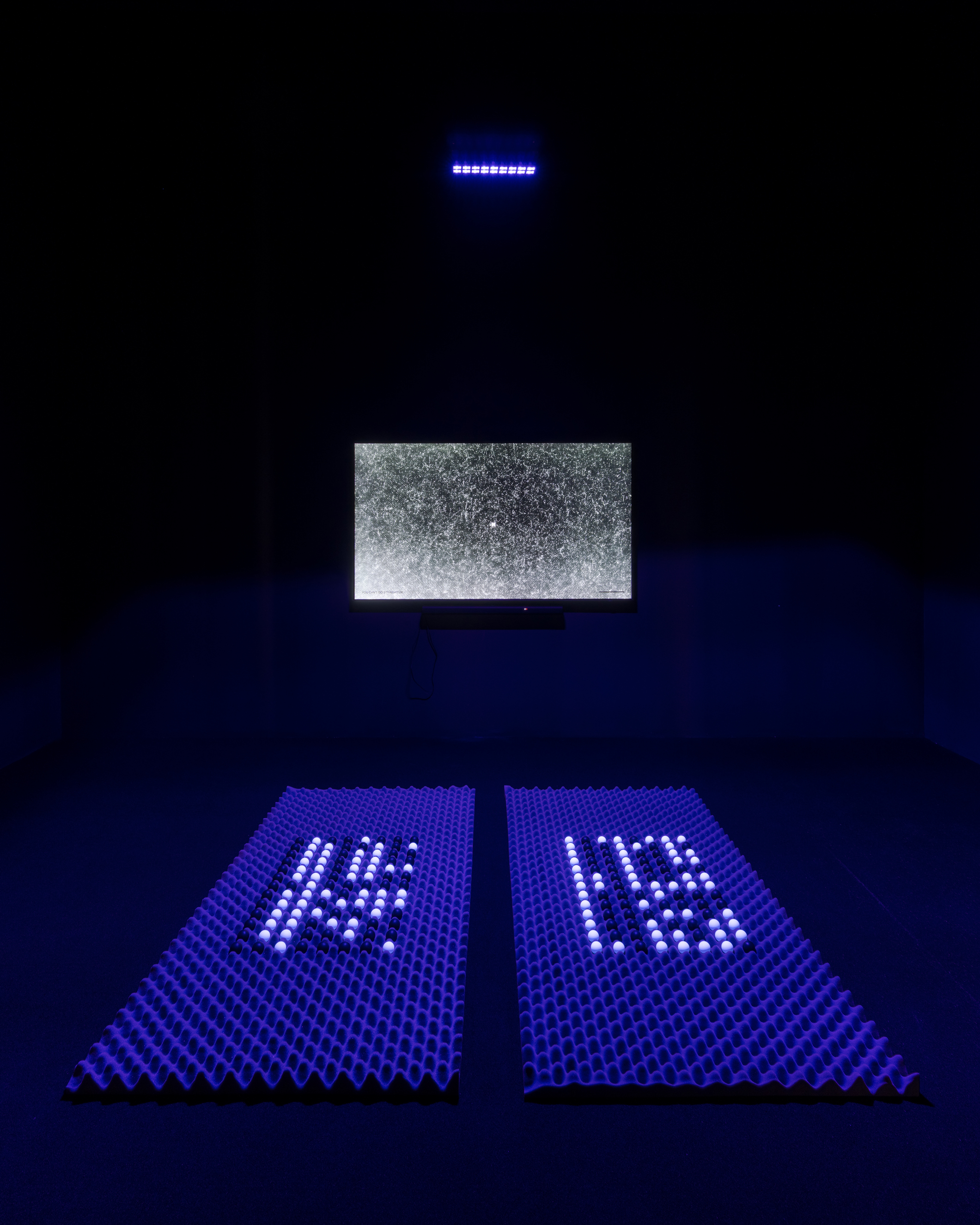
Joan Heemskerk presents two works from Hello, world!. Her residency project explores the possibility of a new universal language capable of surpassing barriers across galaxies and life forms by reimagining the iconic programming string ‘Hello, world!’. In the sculptural piece titled entangled binary network (Hello, world!), two entangled fields – formed by black and white balls under ultraviolet light – exchange the phrase within a speculative quantum internet network.
Her video NO MATTER follows CERN’s emulsion-scanning microscopes. Rare particle events emerge and dissolve, overlaid with scientists’ reflections on the nature of matter. The footage is processed using the Hough line transform, a computer vision technique employed in physics to reconstruct particle trajectories, repurposed in Heemskerk’s artistic search for ‘no matter’.
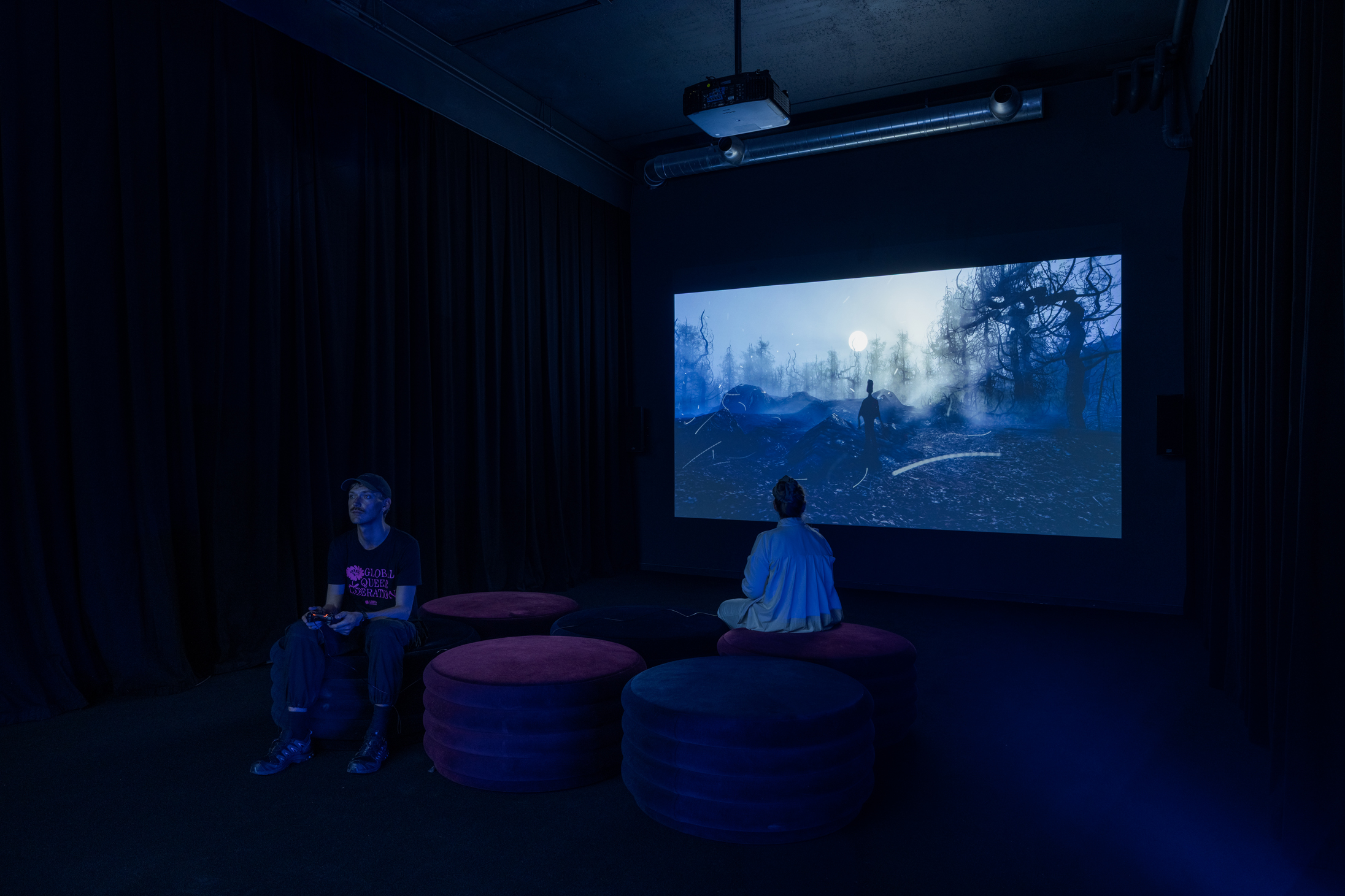
Conceived in dialogue with theoretical physicists, Alice Bucknell’s cooperative video game Small Void draws on quantum entanglement and black holes. Two players navigate interlinked worlds through non-verbal ‘call and response’ mechanics. Using shifting soundscapes and haptics, the game becomes what Bucknell terms an ‘affective interface’: an embodied way of engaging with some of the paradoxes of physics and the limits of language.
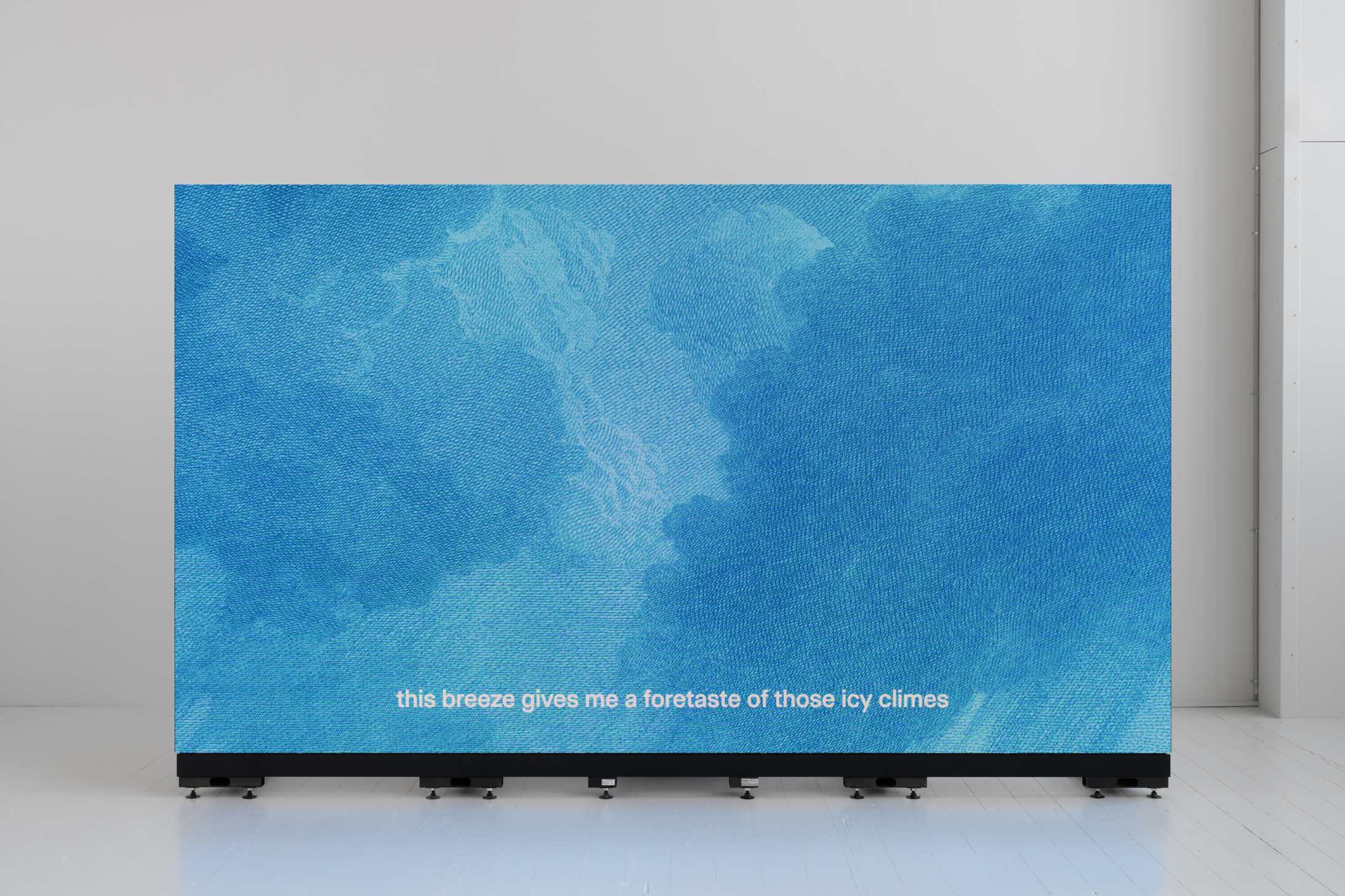
In Atmospheric Omens, Nanna Debois-Buhl reflects on climate through literature, visual art, and scientific research. The installation draws on CLOUD, CERN’s experiment that studies how cosmic rays might affect cloud formation. This inquiry is interwoven with Frankenstein, written by Mary Shelley near Lake Geneva during the climate-disrupted ‘Year Without a Summer’ of 1816. Large digital weavings based on CLOUD’s imagery are shown alongside a generative video that layers Frankenstein's weather-related excerpts over footage of the Lake, tracing a temporal passage from historical climate unease to speculative atmospheric futures.
Martyna Marciniak, the 2025 Collide resident, recently completed her residency at CERN and will continue developing her project 2.2 microseconds: an anomaly in autumn in Copenhagen. In the exhibition, she presents the video installation AI Hyperrealism, which examines how images are constructed and perceived as real.
Soft Robots brings together fifteen artists who reflect on and reimagine our increasingly intertwined relationships with technology. The exhibition is on view until 31 December 2025.
